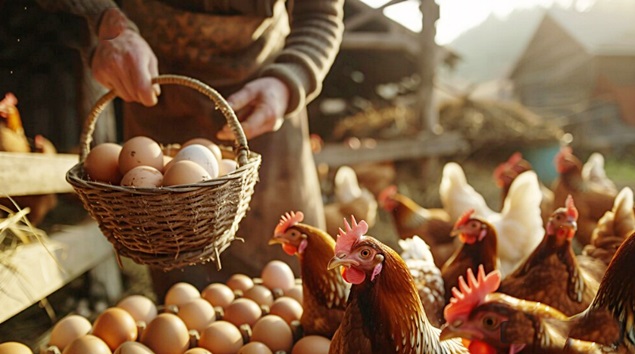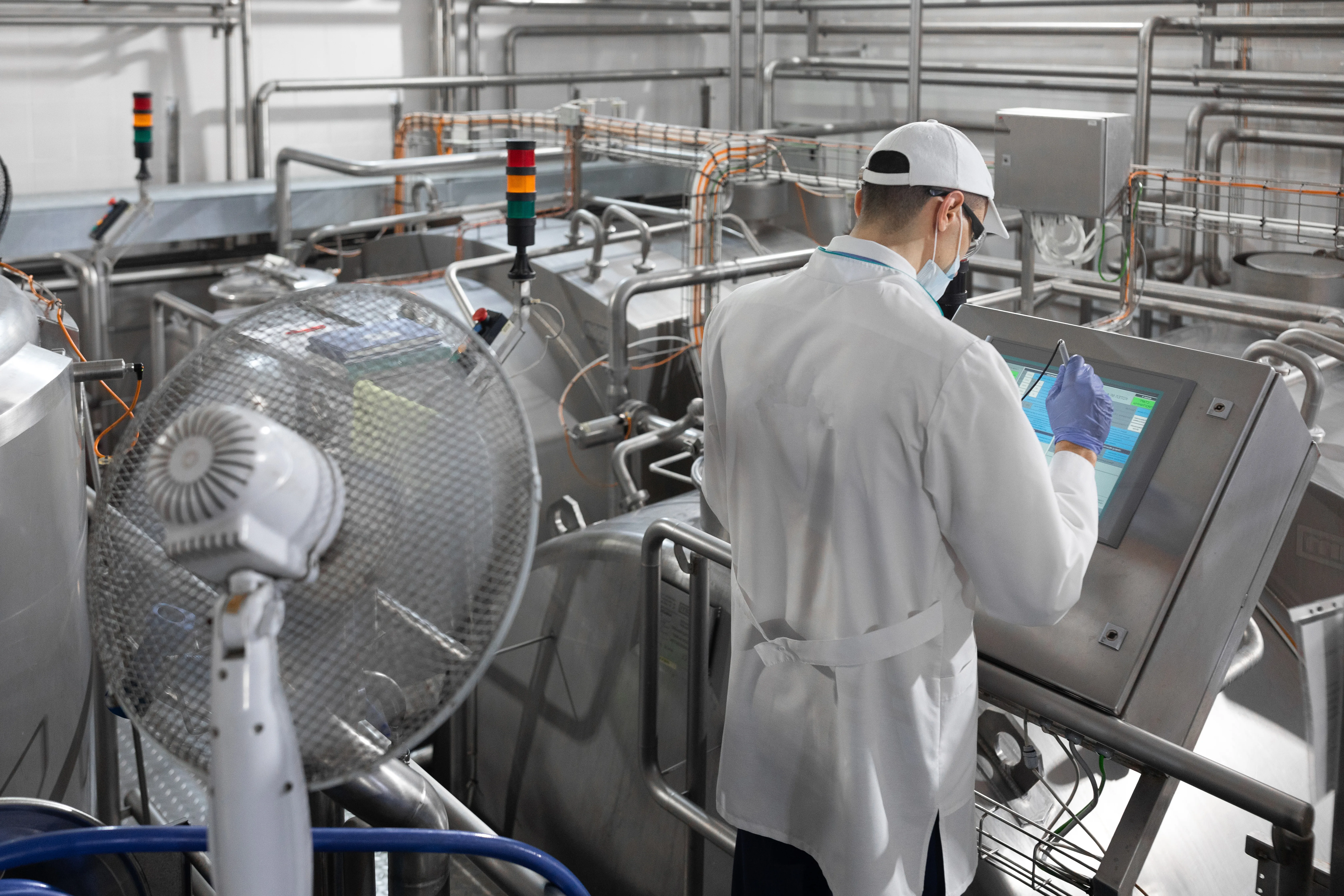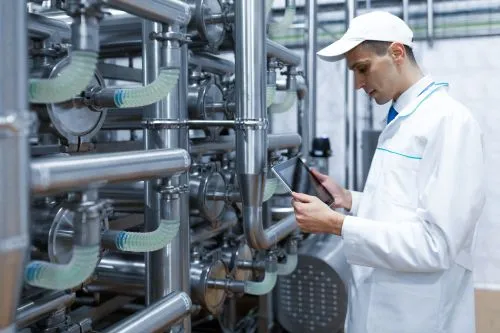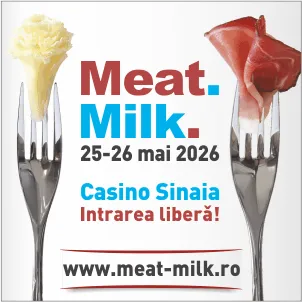
A Multifaceted Approach to Improving Bone Health and Sustainable Performance in Laying Hens
A Welfare Paradox
Improving skeletal health in laying hens—and thereby their welfare and long-term productivity—requires a multifaceted approach that integrates genetics, nutrition, husbandry practices, and housing design.
This was the key message delivered by Professor Ian Dunn of the Roslin Institute and the Royal (Dick) School of Veterinary Studies, University of Edinburgh, during the recent Gordon Memorial Lecture for the UK branch of the World’s Poultry Science Association.
Published in British Poultry Science, Dunn’s lecture reviewed the genetic dimensions of bone quality in laying hens, highlighting the irony that the shift from caged to cage-free systems—though beneficial to overall skeletal health—has led to increased keel bone damage, creating a welfare paradox.
Legislative improvements to hen housing, as seen in both the US and EU, have often been accompanied by a rise in skeletal injuries. According to Dunn, this paradox can be addressed through multiple strategies: modifying the built environment to reduce transition-related injuries, selective breeding for stronger skeletons, promoting beneficial behavioral traits, and optimizing nutrition.
The Importance of Bone Health in Laying Hens
Bone health in laying hens has been a concern since Darwin’s time in 1868, but the recent surge in keel bone injuries has even drawn attention from the European Parliament, prompting a re-evaluation of current poultry farming practices.
Hens kept in multi-tier aviary systems show higher rates of keel bone damage compared to those in single-tier housing. The issue also extends to free-range organic systems.
Too Many Eggs? Not Quite
Dunn emphasized that it is not the number of eggs laid that causes bone damage, but the act of laying itself. Historical data reveal no genetic correlation between egg production and bone quality traits.
The Role of Puberty
Genetic studies have shown that the timing of sexual maturity—measured by the onset of laying—has a clear impact on skeletal health. However, research on brown egg layers showed no consistent effect, suggesting this factor may not apply universally.
Genetics and Nutrition
Decades of research have gone into understanding the genetic contribution to bone quality in laying hens. With the rapid advancement of genomic tools, studies using single nucleotide polymorphisms (SNPs) have been able to fine-map loci in pure lines and track traits across generations.
One genomic region was identified with a small set of markers defining two distinct haplotypes. Bone samples from hens with differing bone quality between haplotypes were used in transcriptomic analyses to compare gene expression.
Access to large populations allowed for the control of variables affecting bone quality—such as time of day, which influences both egg formation and bone condition—ensuring that physiological states were consistent across genotypes.
Only a small number of genes differed between haplotypes.
The Role of Enzymes: Cystathionine Beta-Synthase
One gene of particular significance was cystathionine beta-synthase (CBS), located in the same chromosomal region previously identified. This strongly suggests that CBS may be causally linked to bone quality differences. Its substrate, homocysteine, was also found to vary between haplotypes.
While homocysteine is known to negatively affect bone structure, CBS had not been previously considered a candidate gene for bone quality. CBS is a vital component of the one-carbon metabolic pathway, crucial for cellular metabolism. Although homocysteine is not used in protein synthesis, it inhibits collagen crosslinking by affecting lysyl oxidase activity, thereby impacting bone matrix structure and mineralization.
This discovery is significant, as most genetic studies merely list associated genes—few identify a causative gene and the underlying biological mechanism, as was achieved here.
Maximizing the Genetic Potential of Poultry
Enhancing the genetic potential of poultry is essential for improving productivity, animal welfare, and sustainability in the poultry sector. Advances in genetic selection, combined with optimized management practices, have led to significant gains in poultry performance.
Modern breeding programs target traits such as growth rate, feed conversion efficiency, and egg production. Selective breeding has enabled companies to surpass breed standards—for instance, some have reported achieving 38 additional eggs per hen beyond the expected breed average.
Beyond Productivity: Improving Skeletal Health
Beyond production traits, there is growing emphasis on improving bone health in laying hens. A holistic strategy that integrates genetics, nutrition, husbandry practices, and housing design is key to enhancing bone strength and overall welfare. This not only benefits the birds but also supports long-term productivity and sustainability.
Dual-Purpose Poultry Systems
In response to ethical and environmental concerns, dual-purpose poultry systems are gaining traction. These use breeds suitable for both egg and meat production, offering economic value for male chicks who would otherwise be culled in specialized systems.
This approach aligns with consumer demand for higher welfare standards and provides economic advantages for pasture-based and small-scale farms.
Technology Integration in Poultry Management
The integration of technology in poultry management is crucial for realizing the full genetic potential of birds. Automation and data analytics enable precise monitoring and control of environmental conditions, nutrition, and health parameters. While these technologies require initial investment, they can significantly reduce labor and feed costs, thereby increasing profitability.
Future Directions in Poultry Breeding
Future breeding programs will need to balance productivity with welfare and environmental considerations. This includes selecting for disease resistance, adaptability to various farming systems, and a lower ecological footprint. By aligning breeding goals with societal expectations and market demands, the poultry industry can achieve sustainable growth.
Conclusion





